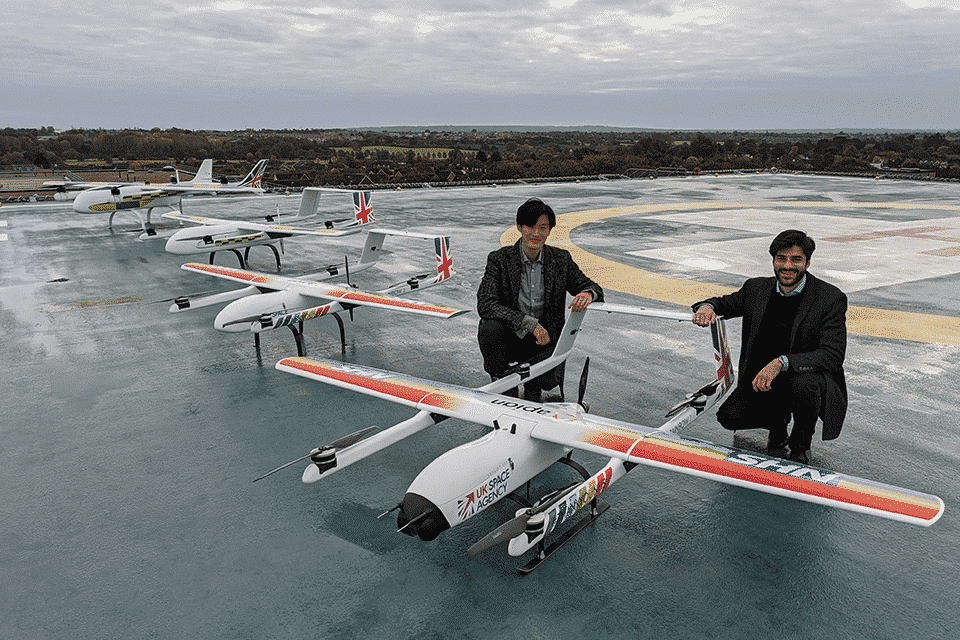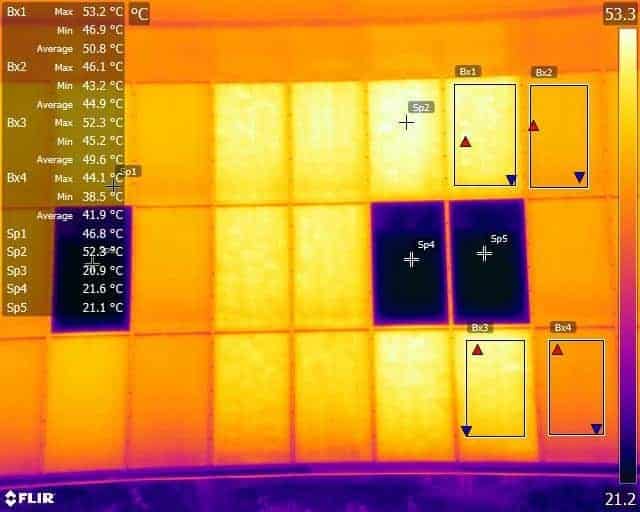
Drones and Flood Damage

The UK has been battered in recent months by a series of storms that have left large swathes of the country suffering or at risk from flood damage.
A recent BBC report showed the damage to properties in East Yorkshire forms a drone’s perspective highlighting the scale of the issue.
This type of aerial footage certainly makes for compelling viewing but drones can also have more practical applications when it comes to monitoring and assessing flood damage in the UK.
Last year saw the government invest in 40 new artificial intelligence projects as chosen by the £13M Next Generation Services Challenge. This investment forms part of a larger initiative led by the UK Research and Innovation designed to bring AI and data analysis and all the benefits it offers to the UK service industry.
One of these projects uses AI to analyse drone pictures to assess the depth and extent of floodwater, allowing a more accurate estimation of damage for insurance claims. Drones are an ideal vehicle for creating a fast and comprehensive survey of flooded areas that would be hard to capture than a ground-based perspective. Accurate information can help speed the insurance claim process along. Using these aerial images of flood damage can also assist authorities in planning flood defense schemes such as construction, tree planting, and drainage systems.
The 2007 floods cost the UK £3 billion with an average house claim of £40,000 and therefore made flood mitigation and damage assessment a priority for the UK government and insurance industry. In fact, a series of studies using drone technology to provide aerial imagery of flood damage has been taking place. Amongst the first was the Drone Watch project undertaken by Cranfield University in partnership with Ambiental Ltd, University of Leicester, and Camtech Ltd.
Satellite imagery had previously been used but it lacked the necessary detail and can easily be affected by low cloud cover. Aerial imagery gathered by manned aircraft improved the level of detail but the cost was too prohibitive for widespread deployment. UAVs are ideally placed to carry out the task both quickly and cost-effectively.
With 1 in 6 properties in England assessed as being at risk from flood damage, it’s an area that is seeing investment. Cranfield University is still working on new ways to ease the pain for affected homeowners. Speed of insurance assessment is a key factor particularly as homeowners are advised not to begin any cleanup work until the initial assessment has been carried out – leading to an increased risk of property damage and of course the personal upset the situation causes.
A more detailed understanding of risk can mean that homeowners themselves can mitigate damage by adopting measures such as hard floors and waterproof plaster.
Using UAVs to assist in estimating the impact of a flood event allows loss adjusters to prioritise their time in areas where it is needed. Drone technology is certainly an area that more and more insurance companies will be embracing over the coming years.
Expert Infrared Inspections for Accurate Thermal Assessments
Need professional thermographic analysis for your project? Our certified experts use the latest infrared technology to deliver precise results. Contact Drone Media Imaging today for expert thermal imaging services.









